A handful of practical issues will improve your portrait work really fast. It comes from paying attention to minute details that many new artists miss.
It’s fine training for your brain to understand the necessary shapes, forms, and edges of the human head, measuring and working from a basic structural model, the overall idea being to automate those skills, so that when you work to make a portrait with impact, all those skills will be ready to engage.
Once you’ve learned enough about heads, refinement comes next. This is knowing what to do to make a head into a portrait of a person or character. Simply, it puts your understanding of heads to work for you when you need to capture a likeness.
Paying attention to the following simple points will allow you to nail a likeness with less trouble and frustration.
Landmarks
There are facial landmarks that are necessary to record in order to get a solid likeness. Whether drawing from life or working from photos, you’ll want to observe the shadows in the eye sockets and eye corners; shape of the nostrils and bottom of the nose; the lip line, with corners; the line of the chin. Capture those and you’re halfway there.
Eyes
When it comes to nailing a portrait quickly and efficiently, you must study and carefully control the arc of the pupil as it sits in the socket. This is extremely important. Next, estimating the width of the white of the eye, compared to either side of the pupil, is so crucial that if you miss it, you miss the likeness altogether. Even to the degree that if you capture the eyes correctly for a character, but distort the rest of the face, it will still look like the person you’re painting. Crazy simple, but critical.
Person vs character
I once heard an AD say that he didn’t want an artist to make the painting look like the actor, but the character they were portraying. It made me realize that it’s very important to understand, before you even start on a piece, what you’re trying to do with the portrait. Is it a portrait of Mark Hamil or Luke Skywalker? Harrison Ford or Indy Jones?
Don’t think it matters? Think about it first. What makes the actor become the character? Facial expression, attitude, and angle make a difference. The opposite is true, too: working from a shot of ObiWan Kenobi, and missing the likeness because it has no resemblance of Ewan MacGregor or Alec Guinness.
Darks in subject
Artists study classic portraits from history without considering how far we’ve come with modifying what we used to consider a great portrait. Many changes have occurred and photography has had quite an affect on that change. Just because Rembrandt executed portraits one way, doesn’t mean that’s the only way to ever do a portrait ‘correctly.’ Learn what past artists have done and accomplished, then apply that by going forward, not backward.
Lots of portraits have simple black backgrounds. This often deadens a portrait and the new painter asks why they can’t get it to have depth. Similar to a scene with multiple figures, place the darkest darks within the figure, not the background. The dark values in the subject allow the portrait to remain in the front of the picture plane while the background recedes, giving the picture depth.
Painting-by-formula destroys your ability to be versatile, and later, creative.
Over-rendering
Most of the students I work with suffer from trying to capture too much information in one painting. Study paintings of the American Impressionists. Notice how they captured so much by deciding which parts to render and which parts not to. It isn’t necessary to capture realism by ‘painting all the details you see.’
When you start a painting, have a mission in mind of just what to capture, and stay with that premise. Don’t deviate. If in the final passages it doesn’t work, stop and study it. Take out detail from areas that are unimportant. This adds focus to the parts that are detailed and is bolstered by the contrast between detail and softened shapes.
Get it into your head now that every painting is different. Painting-by-formula destroys your ability to be versatile, and later, creative. If you can’t identify what’s making a painting lose its life, you can’t know when to ‘think outside the box.’ (Hint: lose the ‘think outside the box’ junk…you have to learn what the box is first, otherwise you’re guessing.)
Plan where you want detail, and let shape identify the surrounding areas.
Hair not hair
Don’t think about hair while painting hair! Think shape, form, value. Look at the reflections as shapes, not strands of individual hairs. And for crying out loud, don’t paint hair with gobs of pigment! Learn the weight of the pigment. What needs to be rendered thin, what can be painted thickly. Hair is shape! Not strands, not lines—shapes.
Look, take my word for it for now. Later on, you’ll be able to paint all the damn strands you want, but you’ll have a much better understanding of how to capture it. And stop using straight white to paint hair reflections! Remember this: don’t use straight whites until the very few and final layers. (Jeeez, people. It’s not that hard.)
I look through hundreds of photos to find the one that gives the model some motion, a moment, a movement while looking like themselves.
Distortion
There are brilliant cartoonists and satirists out there that modify and distort celebrities or political figures and yet still are able to capture a likeness that is instantly recognizable. Don’t think you’re ready for that? Don’t be silly, well….yes, be silly. That’s the point. Try drawing a likeness of someone and distort their features, exaggerating the proportions. Yes, you can. Once you start, you’ll realize you can.
If you like to draw, do this exercise: Characterize your subject. Now what do you think will happen? Spoiler alert! You’ll discover that drawing their face becomes easier than you thought possible. This will give you the ability to study, analyze, and then execute a more realistic portrait afterwards. You’ll remember details from their face much easier, and much more accurately.
While studying the martial arts, I learned how to be stealthy and quiet by first learning what makes noise. We stomped around, cracking dry leaves and snapping twigs before we learned how to avoid making noise. Sometimes it’s necessary to try the opposite approach to find what you are looking for.
Movement over pose
Get over posing people all the time. Jeeez, do we really need another portrait of someone looking at the viewer as if they are frozen to the chair? Really? People often tell me that my portraits look like the person is moving or about to move. How do I capture that? I study the subject for a long time to find the moment they look like themselves.
Photographers do this all the time. They shoot 50+ photos to find the one or two that define their subject. Well, duuuh. You didn’t think of that? Yeah well, neither did I in the beginning. And guess what. You, too, can do this when you’re trying to find the right shot of a celebrity that you want to do a portrait of. I look through hundreds of photos to find the one that gives the model some motion, a moment, a movement while looking like themselves.
Angle, expression, attitude
So many different ways to give life to a portrait. Have you tried any of these?
A head turned just so.
Over-the-shoulder look.
A moment looking up.
A feeling of “what did you say?” Or “don’t tell me that.”
Tilt, brow down, eyes looking out from under.
Slight turn to the head, eyes looking offstage.
Looking up at a bird flying past.
Pondering the sky.
Looking at their shoes, not the ground. Their shoes.
Thousand-yard stare.
Moment of realization.
Moment of disgust.
Moment of pleasure, moment of pain.
Sleepy.
Exertion.
Determination.
Do I need to go on? You’re getting this, right? Then why do you constantly paint the magic wizard looking dully into the camera? Why do you insist on showing the Fairy Queen studying her flower with a look of sheer boredom? The angry goblin. The wise mage. The finger-on-temple confident hero. The I’m-staring-you-in-the-face portrait.
I’m yawning! Reminds me of the 19-year-old painter that thinks it’s brazen to paint Abraham Lincoln (or Ghandi or Mother Theresa) flipping the viewer off. I give the 19-year-old a break. Not you. You’re too old for that nonsense.
Lighting
Learning light will increase your ability to make portraits that captivate. The more you learn it and use it, the more you can modify light for impact. Even so far as to shift and change it to enhance a portrait. How? One way is to add different forms of light. You can add a high key light, or rim light (true rim light puts the light source directly behind the subject giving it an even, outside light line around the subject—use it sparingly. It’s a photography trick, not a painting effect) Many times I can find the right image of the face of a celebrity, but the lighting is not usable. But I can use the main reference to capture the likeness (see Landmarks, above), then use the light angle from the secondary reference to light the main.
Franchise work
Great….you like Spiderman. Or Batman. Or Star Wars. A couple of those go a long way in a portfolio to show you can capture a portrait and have range. But a portfolio full of them says you only do franchise work, or can only do work from someone else’s photography.
The less of those, the better. (unless you’re vying for a franchise job, of course) And when you do, don’t use the ones that you see everyone else using unless you can outshine all of them. Maybe one day you will. But not today. And be careful sharing your progress shots of a portrait if you don’t nail the likeness. People feel those as failures. Wait, (it’s always good to wait just a little longer) wait until you are much better.

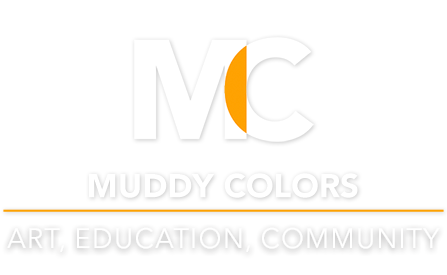

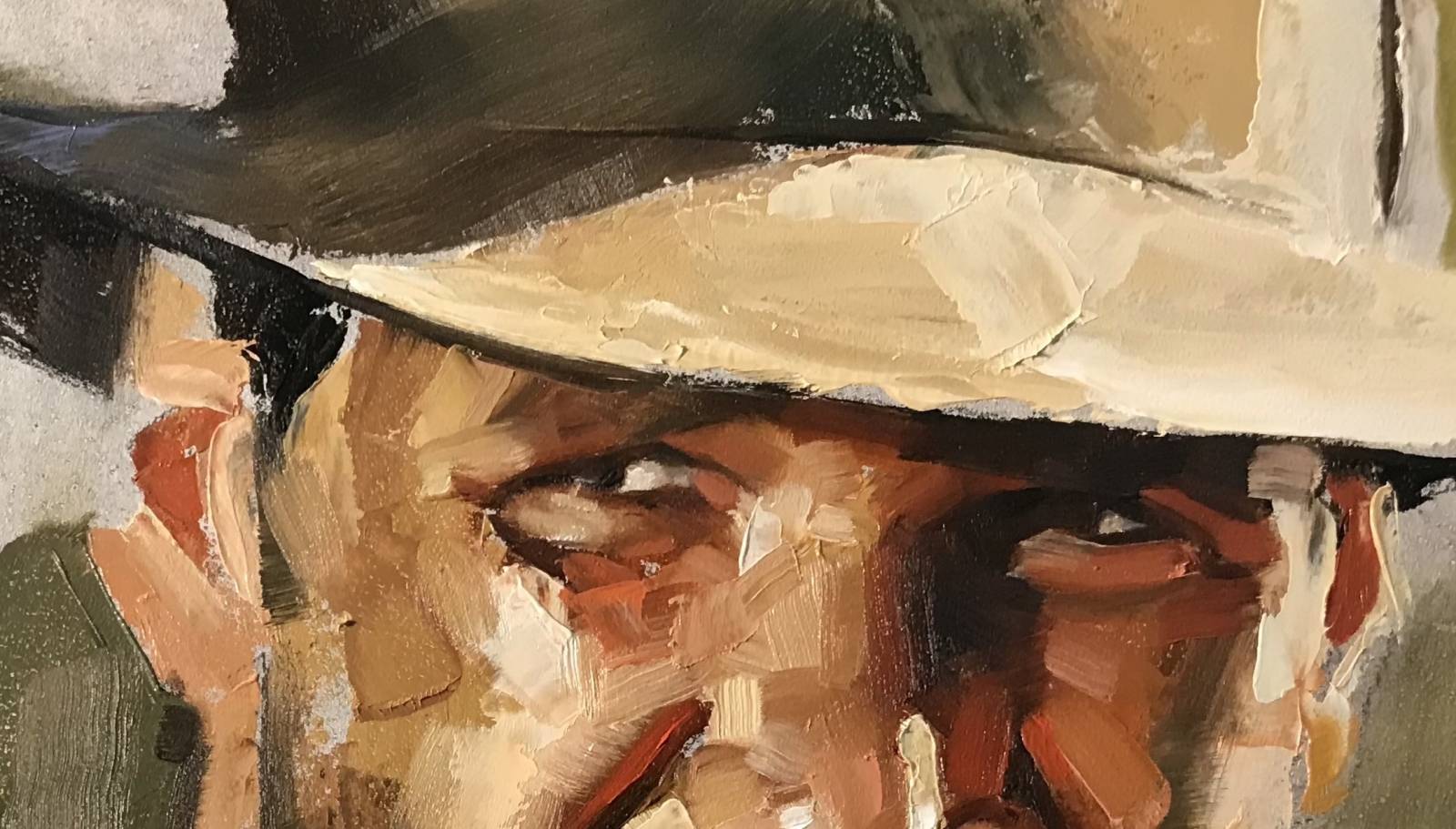

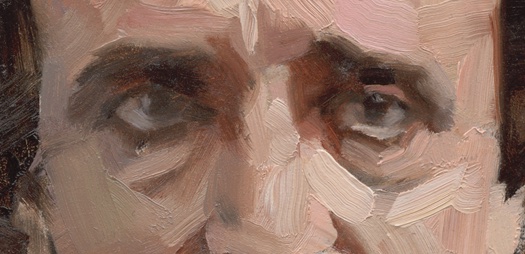

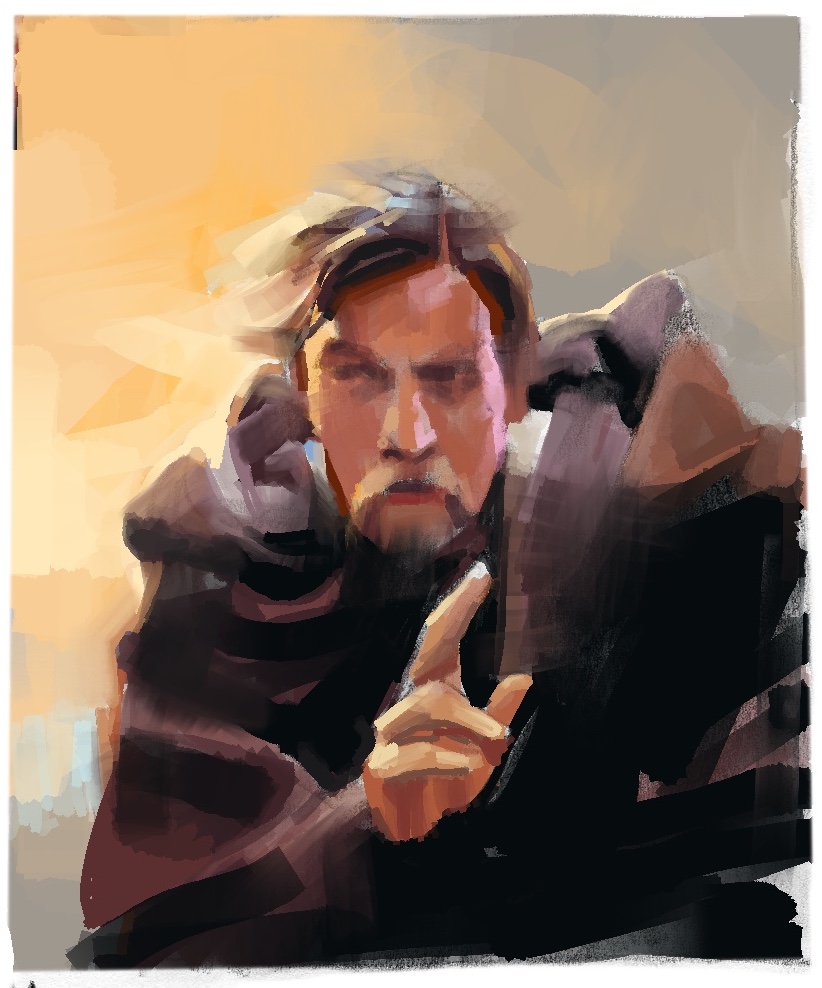






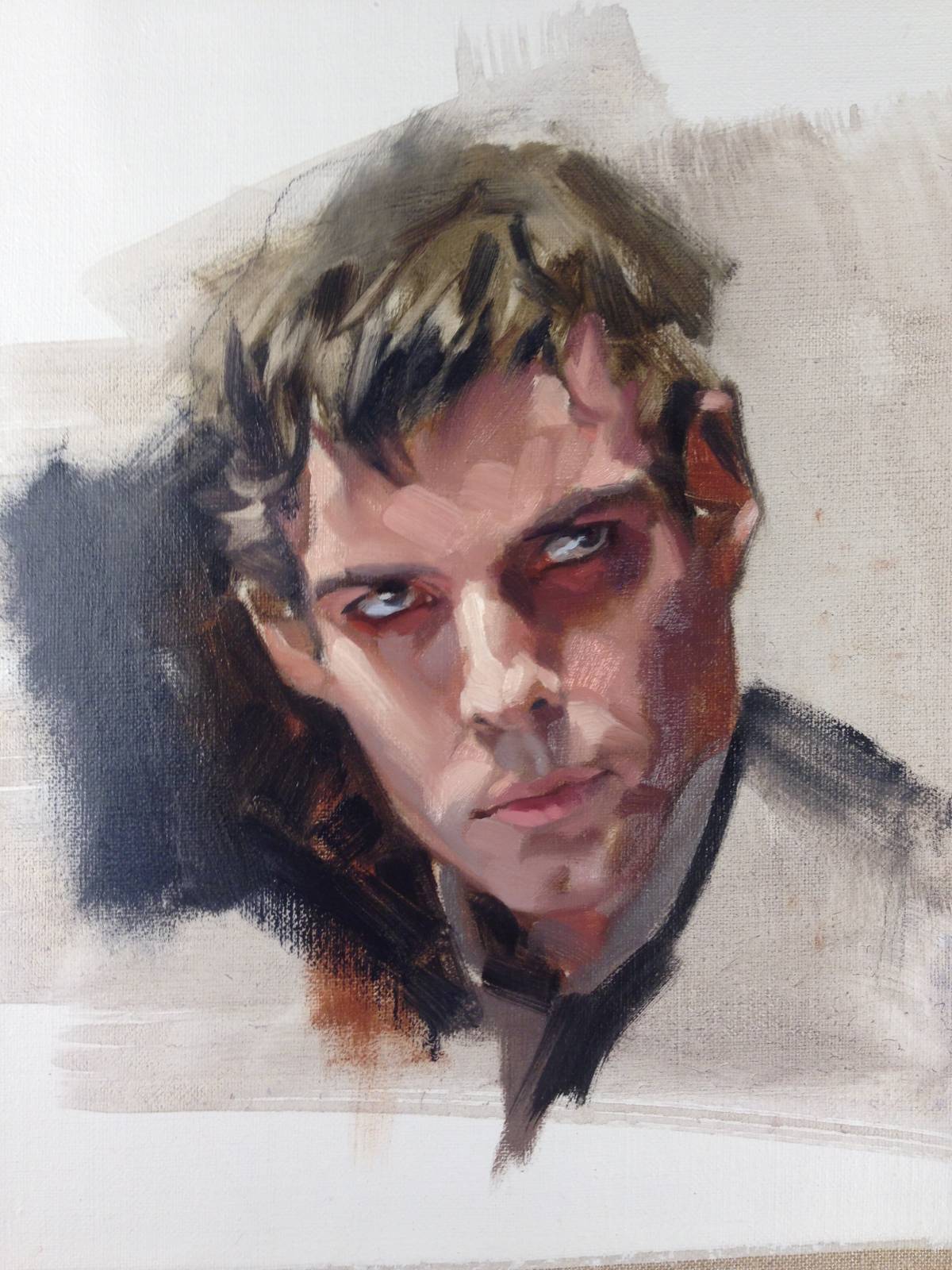
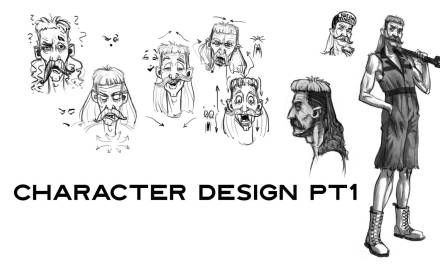
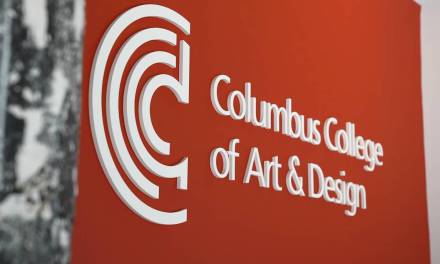
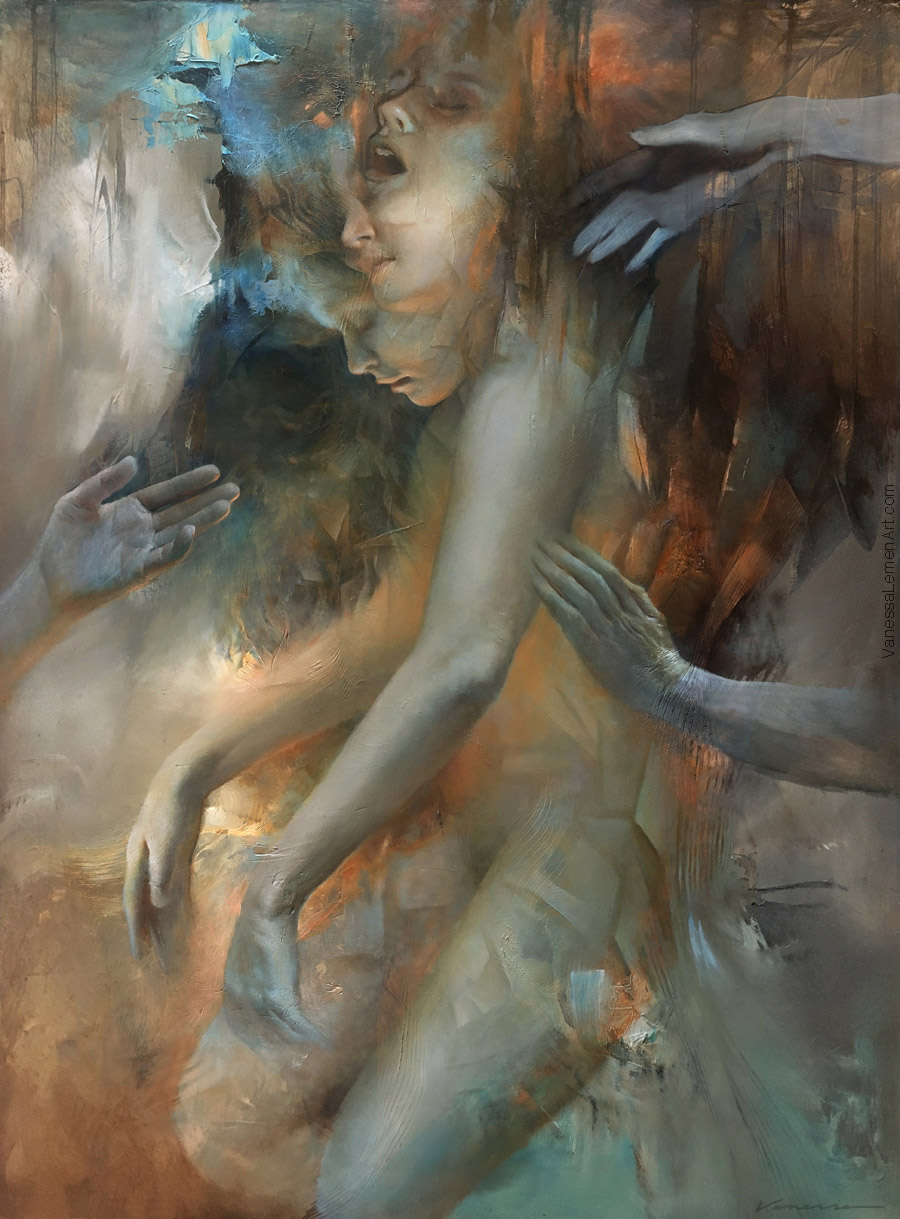
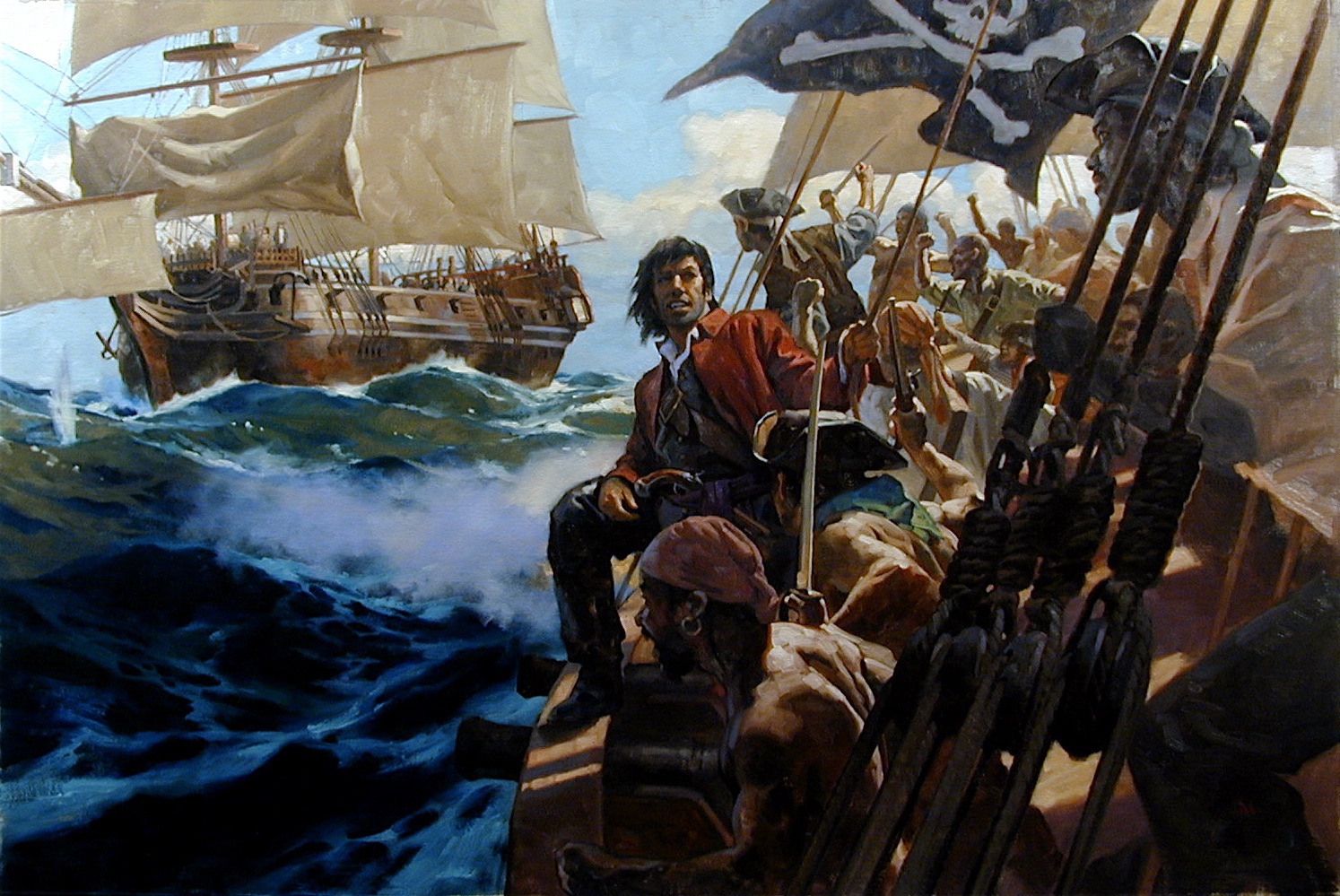
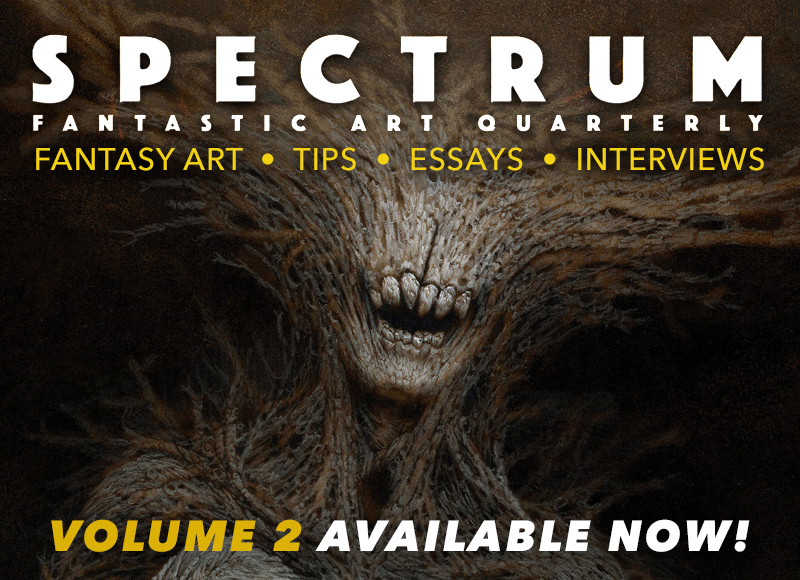
I always enjoy the “10 Things…” posts. Muddy Colors remains one of my most frequently recommended sites for artists—aspiring or established—and those interested in the approaches and disciplines featured. It’s a “daily” for me. Today though, I think there’s an opportunity to address something everyone is dying to learn about, yet none of the contributors post about.
We could really use a “10 Things…” posts about the amazing Job opportunity “Amanda” posted about! Incredible! Life-changing! I am desperate to learn more. Unfortunately, I don’t have time to copy-and-paste the link—which I’m sure would answer all my questions, make me taller, richer, and better looking too—but I really need to get to WalMart to buy gift cards to settle a debt with the IRS that I didn’t know about until they left me a voice mail. Once that’s done though, I will definitely want to learn more about the Job.
If you can’t post “10 Things…” about the Job, maybe Arnie Fenner or Lauren Panepinto can offer their experience with it. Sounds like something industry experts would know so much about. Just amazing!
Thomas, I’d be delighted to share my experience with “Amanda’s” absolutely astonishing and life-changing job opportunity! Please DM your Social Security #, driver’s license, passport, & mother’s maiden name, along with an appropriate number of WalMart or Target gift cards and I’ll share each and every one of “Amanda’s” secrets to obtaining wealth, power, happiness, and a full head of hair. 😉
Greg . . . Very informative and helpful. The trouble with being “self taught” is that I learn so slowly. Posts like yours leave me saying, “Dang, wish I’d known that a long time ago.” Again, thanks.
So you’re saying I -shouldn’t- submit my portrait of King Kong flipping the bird to an art director, then??
Lots of helpful ways to think about faces in this installment; thanks, Greg! This is such a wonderful series, and you write so forcefully–gets my head on straight so I can do better drawings. The bit about the eyes, and the “angle, expression, attitude” list—just yes.
Can’t wait for more! Thank you again for all you do to teach us, in and outside of class. Cheers!
So many great things to think about in this article. May I ask for more description or clarification of one part? What do you mean by the arc of the pupil as it sits in the socket?
Is this the placement and size of the colored part of the eye within the eyelid shape? Or does this include the eyelid shape and size
alaçatı transfer
alaçatı transfer cesme
alaçatı transfer cesme urla
Earn extra cash every week from the comfort of your home! This flexible part-time opportunity is perfect for anyone looking to make 300-1300 Dollars weekly. Start now and receive your first payment in just a few days. Don’t miss out—join today. Tap on Finance Economy OR Investing.
Here’s what I do……………….. Www.worksprofit7.com